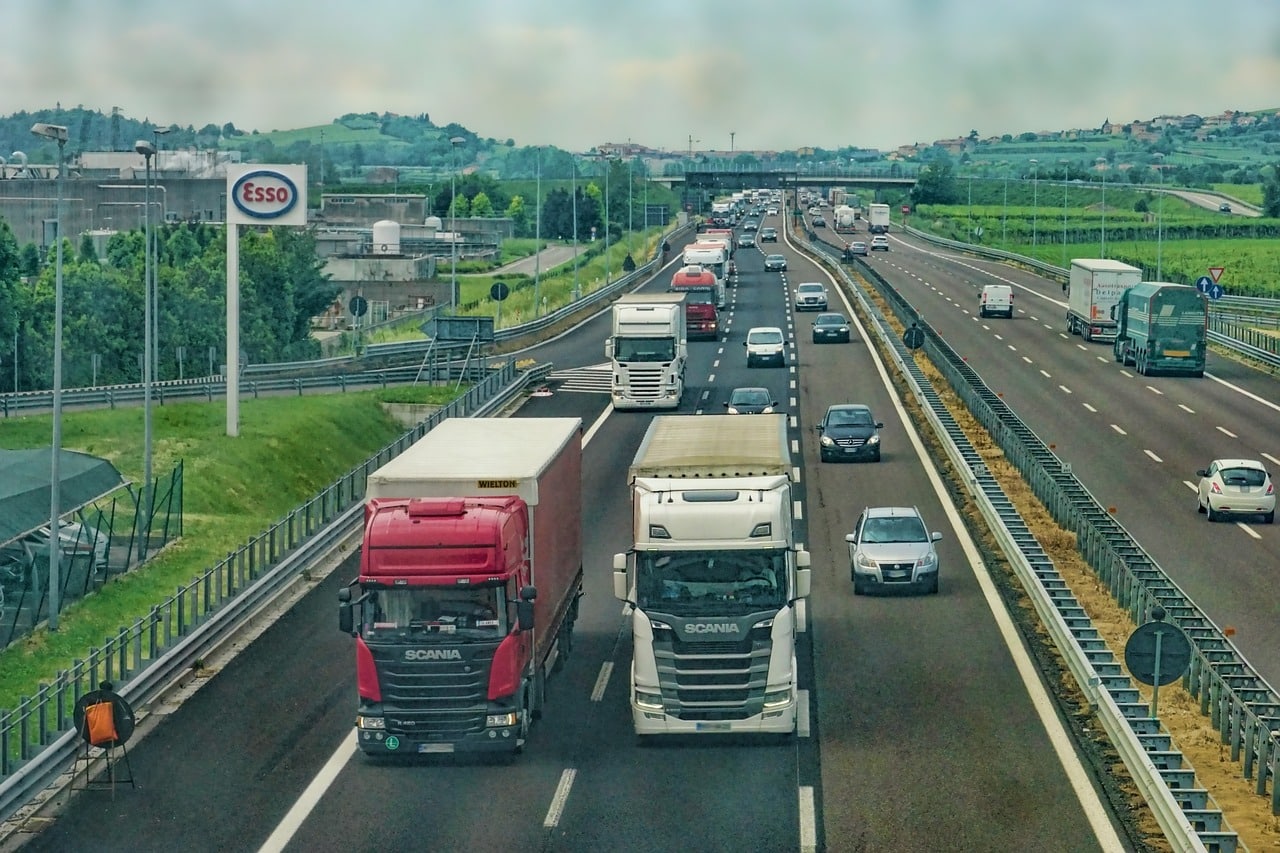What Are the Latest Developments in Autonomous Vehicle Technology?

Hello, readers. In the ever-evolving landscape of transportation, one of the most exciting innovations that are consistently being improved upon and refined is autonomous vehicle technology. The concept of autonomous driving has been a hot topic for a while now, and the ceaseless efforts of technology and automotive companies worldwide have led to noteworthy strides in this field. Not only are these advancements pioneering a new age of convenience and efficiency, but they also hold the potential to dramatically reduce traffic incidents and enhance overall road safety. This article will explore the latest developments and breakthroughs in this fascinating realm of technology.
Cutting-Edge Innovations in Autonomous Vehicle Systems
In the quest for full autonomy, various companies are investing heavily in advanced systems capable of processing vast amounts of data to make real-time decisions. These systems, developed using highly sophisticated algorithms, are the brains behind autonomous vehicles.
A lire aussi : Can a Good Car Wax Protect Your Paint and Enhance Shine?
One of the newest technologies involves the integration of advanced LiDAR (Light Detection and Ranging) systems into autonomous vehicles. Companies like Waymo and Velodyne are at the forefront of this innovation. This technology uses hundreds of lasers to create a three-dimensional map of the surrounding environment, enabling the vehicle to detect and avoid obstacles.
Machine learning is another remarkable development in automated driving. This technology allows the system to learn from past experiences and adapt its responses accordingly. By continuously analyzing and learning from data collected during testing and regular use, these systems evolve to become more competent at navigating complex traffic scenarios.
A découvrir également : Can You Increase Your Car’s Resale Value with Simple Upgrades?
Safety Measures in Autonomous Vehicles
As autonomous vehicle technology continues to advance, safety remains a paramount concern. After all, the primary purpose of these vehicles is to decrease accidents and improve overall traffic safety.
To this end, the latest autonomous vehicles are equipped with failsafe systems. These systems are designed to take control and safely stop the vehicle should an error occur or the autonomous system fail. Already, states like California have made it mandatory for autonomous vehicles to have such systems installed.
Furthermore, new technology has been developed to improve communication between autonomous cars and pedestrians. For instance, Ford’s new system uses lights to signal the vehicle’s intent to pedestrians and other drivers, thereby enhancing safety.
Regulatory and Testing Developments
The field of autonomous driving is not just about technology; it also involves regulation and testing. Companies are continually testing their autonomous vehicles under different conditions to ensure their reliability and safety.
Many states in the U.S. are updating their laws to accommodate autonomous vehicles. For instance, in Arizona, companies are allowed to test their vehicles without a safety driver in the car. This development is crucial as it opens new doors for autonomous vehicle testing.
Internationally, Singapore has taken a leading role in testing autonomous vehicles. The country has designated a part of its city as a testing ground for these vehicles. A controlled environment like this is critical to understanding how these vehicles will behave in real-life traffic conditions.
The Role of Big Data in Autonomous Vehicle Technology
In the world of autonomous vehicles, data is king. The more data these vehicles can collect and analyze, the better they can understand their surroundings and make appropriate decisions.
Data collected from a variety of sources – LiDAR, radars, and cameras – is processed in real-time to navigate the vehicle. This technology is continuously improving, allowing the vehicle to process the information faster and more accurately.
Moreover, big automotive companies are investing heavily in data analysis capabilities. This is not just to improve their current systems, but also to develop new technologies. By analyzing the vast amounts of data collected, they can identify patterns and trends that can lead to new innovations in autonomous vehicle technology.
The Impact on Transportation and Traffic
Autonomous vehicles hold the promise of a major shift in our transportation systems. They have the potential to dramatically reduce traffic congestion, one of the most pressing issues in many cities around the world.
Through vehicle-to-vehicle (V2V) communication, autonomous cars can relay information to each other about things like road conditions and traffic. This can allow for better coordination and smoother traffic flow.
Furthermore, with the rise of shared autonomous vehicles, we could see a decrease in the number of cars on the road. This could dramatically reduce traffic congestion, leading to less time spent on the road and a more efficient transportation system overall.
The world of autonomous driving is continually evolving, with new developments and breakthroughs happening all the time. As we move closer to a future where autonomous vehicles are the norm, it’s crucial to stay informed about these advancements and understand how they’ll impact our lives.
Advanced Driver Assistance Systems and their Role in Autonomous Vehicles
In the sphere of autonomous vehicles, the role of Advanced Driver Assistance Systems (ADAS) has become increasingly significant. Essentially, ADAS are systems developed to automate, adapt and enhance vehicle systems for safety and better driving. Their primary purpose is to ensure the highest level of safety, and they play a crucial role in the journey towards fully autonomous vehicles.
ADAS, in their most advanced form, incorporate a host of features such as Automatic Emergency Braking (AEB), Lane Departure Warning (LDW), Adaptive Cruise Control (ACC), and Blind Spot Detection (BSD). These systems use various types of data input methods like LiDAR, radars, and cameras to perceive the surroundings, and sophisticated algorithms to interpret the data and execute the necessary driving task.
These systems are not only improving safety but also enhancing the comfort of driving. For instance, the adaptive cruise control system maintains a safe distance from the vehicle ahead by automatically adjusting the speed of the car. Similarly, the lane departure warning system alerts the human driver if the vehicle unintentionally begins to move out of its lane.
Automotive manufacturers are heavily investing in improving these systems. For instance, Tesla’s Autopilot, a highly advanced ADAS, allows their cars to steer, accelerate and brake automatically within its lane. It’s important to note that while these systems are a step towards fully autonomous vehicles, they still require human oversight.
Progress in ADAS technologies is offering a glimpse into a future where the driving task is shared between the vehicle and the human driver, and eventually, fully handed over to the vehicle.
Future of Autonomous Vehicles: An Insight
The future of autonomous vehicle technology looks promising, with companies across the globe racing to build the first commercially viable self-driving vehicle. However, it’s not only the automotive industry that will be reshaped by these advancements, but our society as a whole.
In terms of motor vehicle ownership, the rise of shared autonomous vehicles could lead to a dramatic shift. The convenience and affordability of these shared vehicles could make owning a car unnecessary for many people. This could lead to fewer cars on public roads, reducing traffic congestion and emissions.
Autonomous vehicles could also facilitate the transformation of urban environments. With fewer cars on the roads, city planners could rethink how urban space is utilized. Parking spaces could be replaced with parks and recreational areas, enhancing the quality of life in cities.
Also, the introduction of autonomous vehicles could bring about significant changes in the job market. While jobs related to traditional driving could decline, new roles could emerge in areas such as autonomous vehicle maintenance, data analysis, and cybersecurity.
However, this future is not without its challenges. There are still considerable technical hurdles to overcome, particularly around ensuring the safety of autonomous vehicles in all circumstances. There are also legal and regulatory issues to resolve, as current laws do not adequately cover the complexities of autonomous driving.
In spite of these challenges, the transition towards autonomous driving is gaining momentum, and it won’t be long before we see these vehicles becoming a common sight on our roads. With each passing day, we’re moving closer to a future where the roads are safer, traffic is smoother, and transportation is more efficient – all thanks to autonomous vehicle technology.
